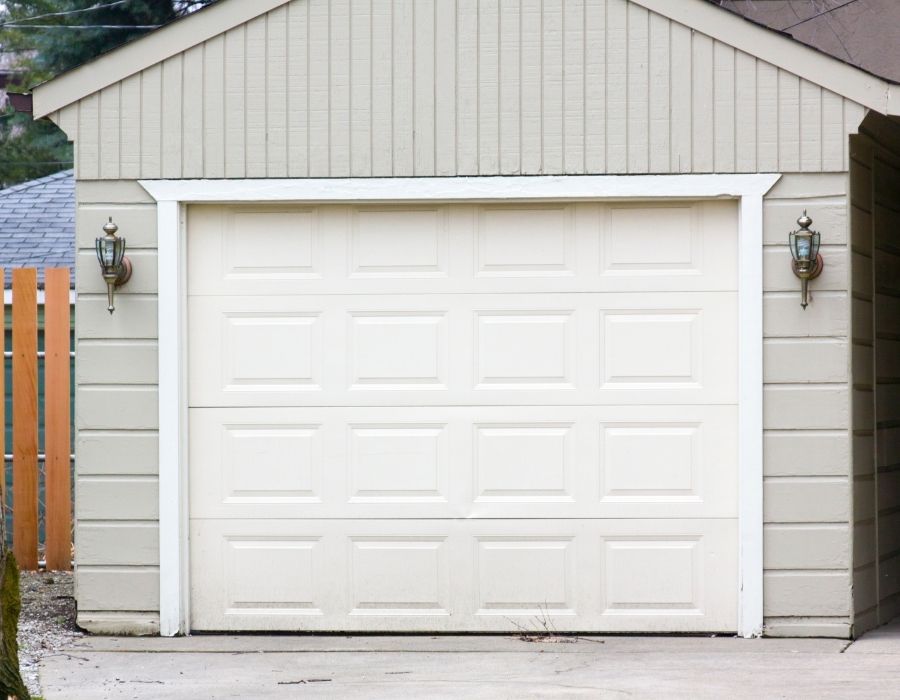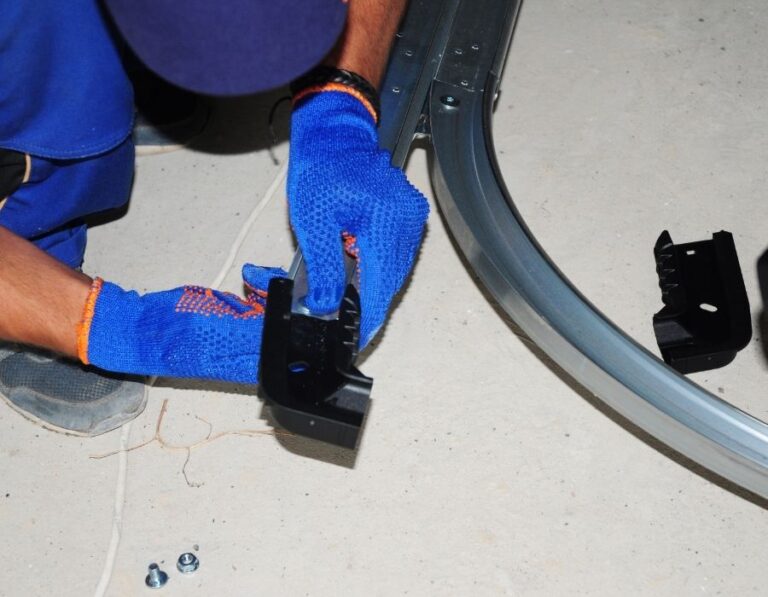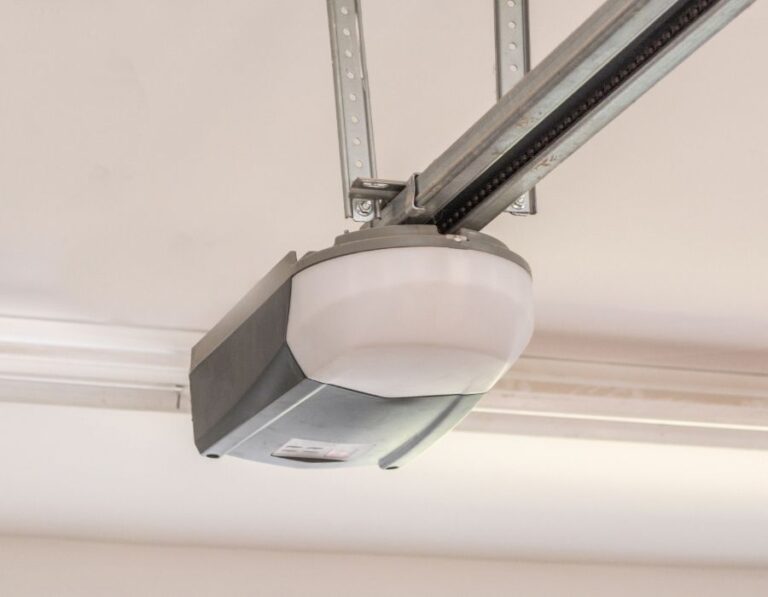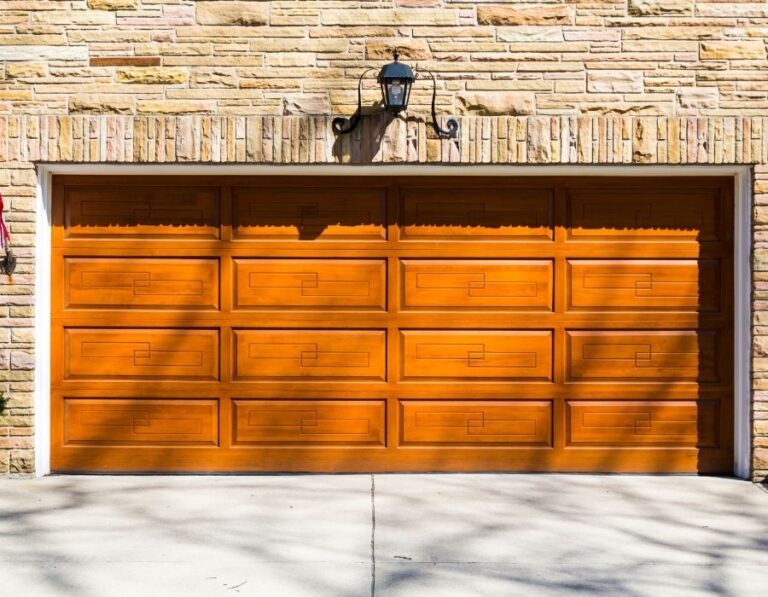The Ultimate Garage Door Maintenance Checklist: 10 Essential Tasks You Should Do Every Year
Your garage door is one of the hardest-working features of your home, often operating multiple times a day, every single day. Despite its essential role, it’s easy to overlook regular maintenance—until something goes wrong. Preventative maintenance is key to avoiding costly repairs, ensuring smooth operation, and extending your garage door’s lifespan.
In this guide, we’ll walk you through 10 essential maintenance tasks you should perform annually to keep your garage door in tip-top shape. From inspecting hardware to testing safety features, this checklist covers everything you need to know. Plus, we’ll address common FAQs, provide actionable tips, and share insights that’ll help you maintain your garage door with confidence.
1. Inspect and Tighten Hardware
Think of your garage door as the unsung hero of your home—faithfully opening and closing day after day, often without much thought or praise. But behind that smooth operation lies a team of hardworking nuts, bolts, and brackets holding everything together. Over time, the constant motion and vibrations from daily use can cause these vital pieces to loosen, creating misalignment, unnecessary wear, and even the risk of a sudden malfunction.
Once a year, grab your trusty wrench or socket set and give your garage door hardware some well-deserved TLC. Pay special attention to the roller brackets, tracks, and any moving parts. A snug bolt today can prevent a wobbly disaster tomorrow. This quick but essential task doesn’t just reduce the risk of breakdowns—it also helps your garage door glide smoothly, saving you from costly repairs down the line. A few minutes with a wrench can add years to your garage door’s lifespan—now that’s time well spent!
2. Lubricate Moving Parts
If your garage door sounds like it’s auditioning for a horror movie every time it opens, it’s begging for lubrication. Regularly lubricating the moving parts is one of the simplest—and most effective—ways to keep your garage door gliding smoothly and operating quietly. Think of lubrication as the “spa day” your rollers, hinges, and springs desperately need after handling the heavy lifting day in and day out.
Reach for a silicone-based lubricant or garage door-specific spray, and avoid WD-40—it’s a cleaner and degreaser, not a long-term solution for friction. Focus on key areas: rollers, hinges, tracks, and the torsion spring (carefully, as it’s under tension). Proper lubrication reduces wear and tear, prevents rust, minimizes screeches and squeaks, and ultimately extends the lifespan of these hardworking components. A well-lubricated garage door isn’t just quieter—it’s happier, healthier, and far less likely to surprise you with an expensive repair bill. So, grab that lubricant and show your garage door some love!
3. Check the Garage Door Balance
A balanced garage door isn’t just about smooth performance—it’s about preventing unnecessary strain on your garage door opener and ensuring everything runs like a well-oiled machine. Imagine your garage door as a seesaw: if one side is pulling too hard, the entire system feels the pressure.
To check the balance, disconnect the opener and manually lift the door to about halfway. Let go. If it stays put—congratulations, your door is perfectly balanced! But if it starts creeping up or crashing down, that’s a red flag. An unbalanced garage door forces the opener to work overtime, causing premature wear and potential breakdowns.
While this test is quick and easy, fixing an imbalance isn’t a DIY project. Springs are under high tension and can be dangerous if mishandled. If your garage door seems off balance, it’s time to call in a professional technician. They have the tools, expertise, and know-how to restore harmony to your garage door system—and keep it that way. Think of it as an investment in long-term performance and peace of mind!
4. Inspect and Replace Weatherstripping
Weatherstripping might not be the flashiest part of your garage door, but it’s a silent hero working tirelessly to keep out drafts, moisture, and unwelcome critters. Over time, those rubber seals along the bottom and sides of your garage door can crack, warp, or tear, leaving your garage vulnerable to rainwater, pests, and fluctuating temperatures.
Make it a habit to inspect the weatherstripping annually. Look for signs of wear, brittleness, or gaps where light shines through. If you notice any damage, replace the worn sections with high-quality, durable rubber seals specifically designed for garage doors. Proper weatherstripping doesn’t just protect your garage—it helps regulate temperature, improve energy efficiency, and reduce dust and debris buildup.
This small, cost-effective upgrade can make a big difference in your garage’s comfort and cleanliness while preventing costly repairs down the line. Think of it as putting a cozy jacket on your garage door—it’ll thank you with better performance and fewer surprises!
5. Test Auto-Reverse Safety Features
The auto-reverse feature on your garage door isn’t just a convenience—it’s a critical safety mechanism designed to prevent accidents, injuries, and even property damage. Think of it as your garage door’s built-in safety net, ready to stop and reverse if something—or someone—is in the way.
To test the auto-reverse system, place a small, sturdy object, like a wooden block, directly under the door. Then, hit the close button. If the door doesn’t immediately stop and reverse upon contact, your system needs attention.
Next, check the photoelectric sensors—those little devices near the bottom of the door tracks. Make sure they’re clean, aligned, and free from dust or spiderwebs. If the sensors are blocked or misaligned, the auto-reverse feature won’t function properly.
If either test reveals an issue, don’t delay repairs. A malfunctioning auto-reverse system isn’t just inconvenient—it’s a safety risk. Whether you have kids, pets, or just want peace of mind, ensuring this feature works flawlessly should always be a top priority in your garage door maintenance routine. Safety first, always!
6. Inspect Cables for Wear and Tear
Your garage door cables might not get much attention, but they’re the unsung workhorses of the entire system. These high-tension cables are responsible for smoothly lifting and lowering the heavy garage door, and when they start to fray or weaken, the consequences can be both costly and dangerous.
During your inspection, look closely at the cables on either side of the door. Check for visible signs of wear, such as fraying, rust, or kinks. If the cables look damaged or worn, it’s not a DIY job. Garage door cables are under immense tension, and attempting to adjust or replace them without proper tools and training can result in serious injury—or worse.
Instead, call a professional technician to handle cable repairs or replacements. They have the skills, experience, and equipment to ensure everything is reinstalled safely and correctly. This is one maintenance task where safety should always come first—because a snapped cable is not just inconvenient, it’s downright dangerous. When in doubt, call in the pros and keep your garage door system running safely and smoothly.
7. Clean and Inspect the Tracks
Your garage door tracks are like the rails on a train track—they guide your door’s every move, ensuring it opens and closes seamlessly. But over time, dust, dirt, and debris can turn those smooth tracks into an obstacle course, causing jerky movements, misalignment, or even a stuck door.
Start by wiping down the tracks with a damp cloth to clear away any buildup. Avoid the temptation to use lubricant on the tracks—it might seem like a good idea, but it actually attracts more dust and grime, which can lead to clogs. Instead, keep them clean and dry for optimal performance.
While cleaning, take a close look for bends, dents, or misalignment. Tracks that are out of place can cause the door to operate unevenly, straining the entire system. If you notice significant damage or alignment issues, it’s best to call in a professional technician.
Clean, well-maintained tracks ensure smooth, quiet, and reliable operation every time you hit that garage door opener. It’s a small task that makes a big difference in keeping your garage door gliding effortlessly!
8. Inspect Cables for Wear and Tear
Your garage door cables might not get much attention, but they’re the unsung workhorses of the entire system. These high-tension cables are responsible for smoothly lifting and lowering the heavy garage door, and when they start to fray or weaken, the consequences can be both costly and dangerous.
During your inspection, look closely at the cables on either side of the door. Check for visible signs of wear, such as fraying, rust, or kinks. If the cables look damaged or worn, it’s not a DIY job. Garage door cables are under immense tension, and attempting to adjust or replace them without proper tools and training can result in serious injury—or worse.
Instead, call a professional technician to handle cable repairs or replacements. They have the skills, experience, and equipment to ensure everything is reinstalled safely and correctly. This is one maintenance task where safety should always come first—because a snapped cable is not just inconvenient, it’s downright dangerous. When in doubt, call in the pros and keep your garage door system running safely and smoothly.
9. Examine Garage Door Panels
Your garage door panels do more than boost your home’s curb appeal—they also play a key role in the structural integrity and smooth operation of the entire door system. When panels are cracked, dented, or warped, it’s not just an eyesore—it can throw off the alignment, strain the opener, and even cause the door to malfunction.
Take time to inspect each panel carefully for signs of damage caused by weather, accidental bumps, or age. Minor dings and cosmetic imperfections can often be patched up or repaired without much fuss. However, significant damage—like deep cracks or extensive warping—might call for panel replacement to avoid more costly repairs down the road.
Promptly addressing panel issues isn’t just about aesthetics—it’s about preventing further damage to your garage door system and keeping everything running smoothly. Plus, a well-maintained garage door isn’t just functional—it’s an instant boost to your home’s curb appeal. Don’t let a small crack turn into a big problem—inspect, repair, and keep those panels in top shape!
10. Schedule a Professional Tune-Up
While regular DIY maintenance goes a long way, there’s no substitute for a professional tune-up. Garage door technicians are like skilled doctors for your garage door—they have the tools, expertise, and trained eye to catch hidden problems that might escape your weekend inspection.
During a professional tune-up, technicians typically check spring tension, fine-tune the door’s balance, inspect cables for wear, test safety features, and ensure everything is operating seamlessly. They can also spot small issues—like a fraying cable or a misaligned track—before they turn into costly repairs.
Think of this annual inspection as an investment in safety, efficiency, and longevity. A professional tune-up doesn’t just prevent unexpected breakdowns—it gives you peace of mind knowing your garage door is in peak condition and ready for thousands of smooth cycles ahead. Don’t wait for a major issue to call in the pros—schedule your annual tune-up and keep your garage door operating like a well-oiled machine!
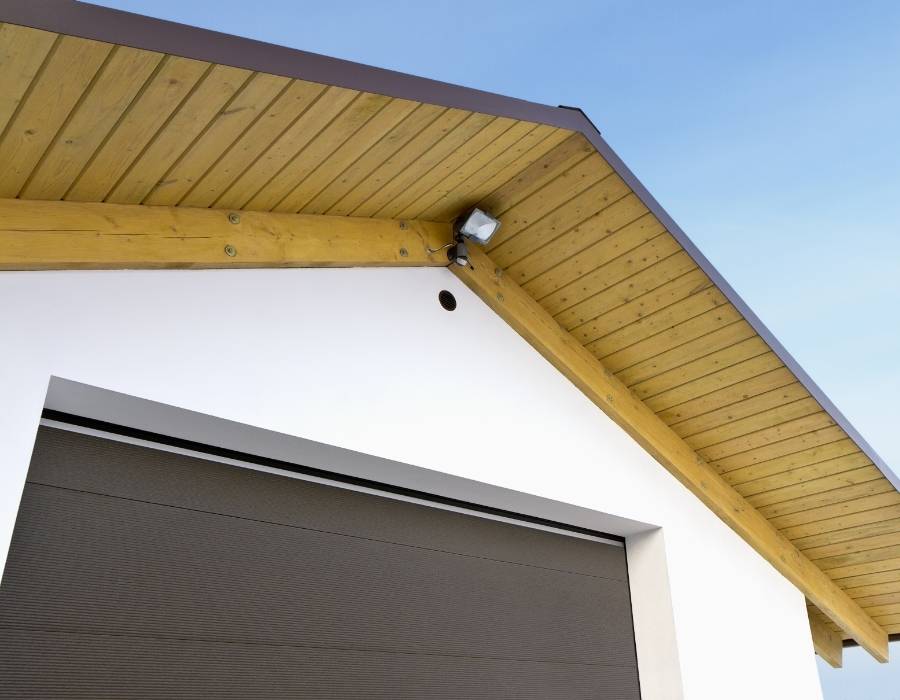
Frequently Asked Questions About Garage Door Maintenance
A Little Maintenance Goes a Long Way
Regular garage door maintenance isn’t just a chore—it’s an investment in safety, efficiency, and long-term savings. By following this annual checklist, you can prevent costly breakdowns, reduce wear and tear, and ensure your garage door operates smoothly year-round.
While many tasks, like tightening hardware and lubricating moving parts, can be tackled on your own, certain components—such as springs and cables—demand professional expertise to avoid safety risks.
Make garage door maintenance a priority, and your door will continue to be a reliable, quiet, and functional part of your home for years to come. A little time and attention today can save you from major headaches (and expenses) tomorrow.

